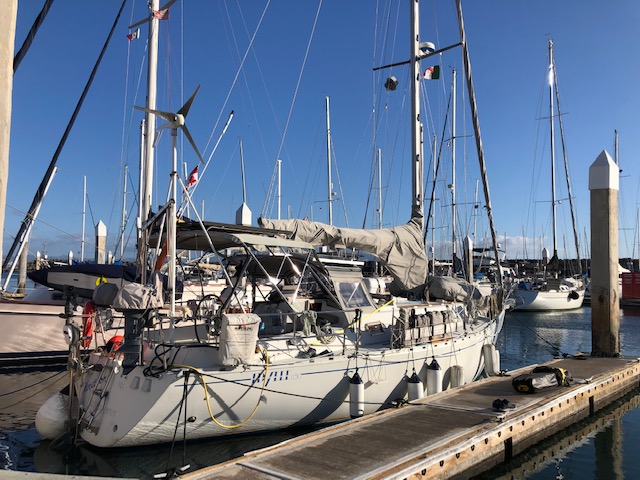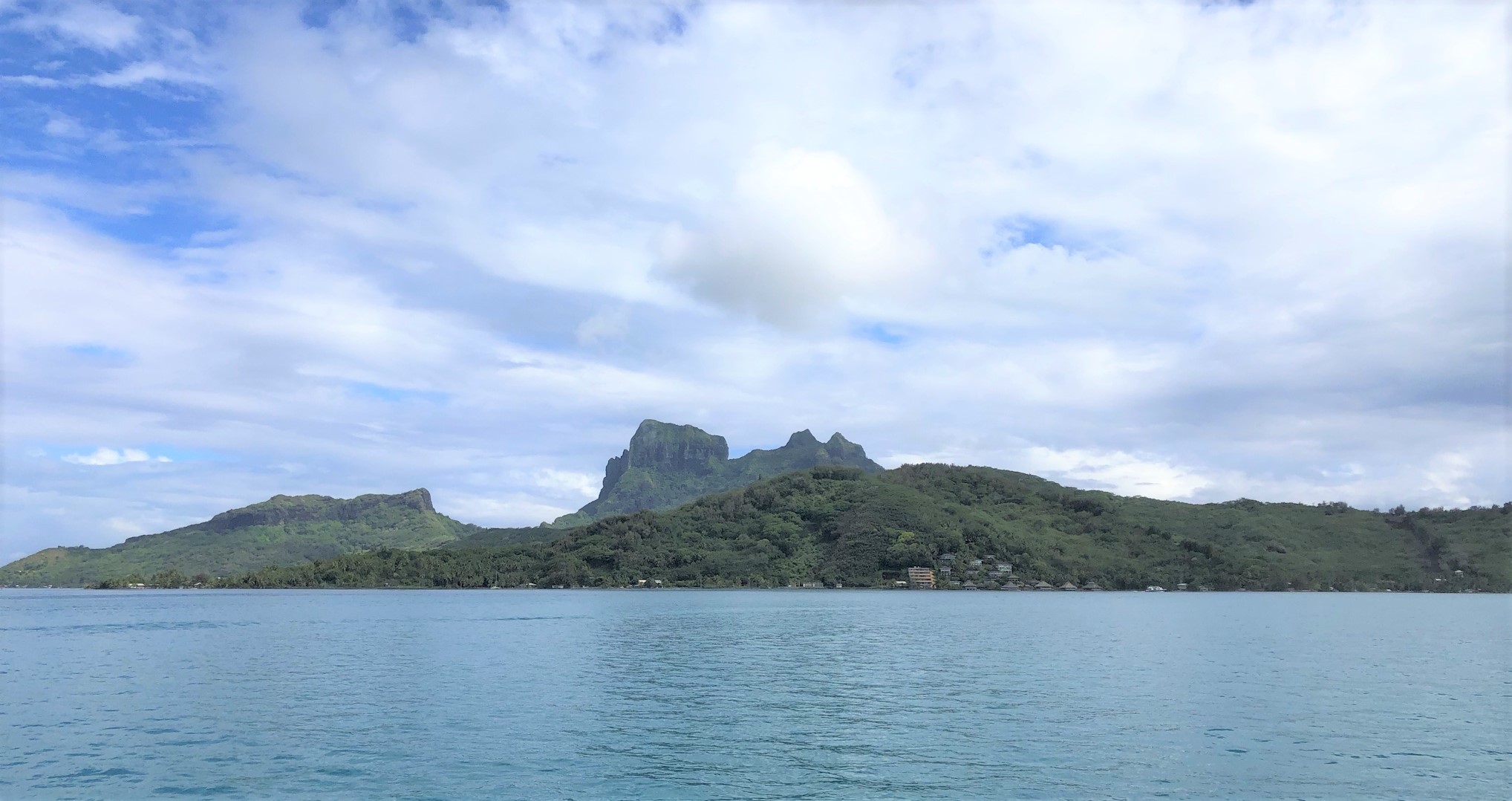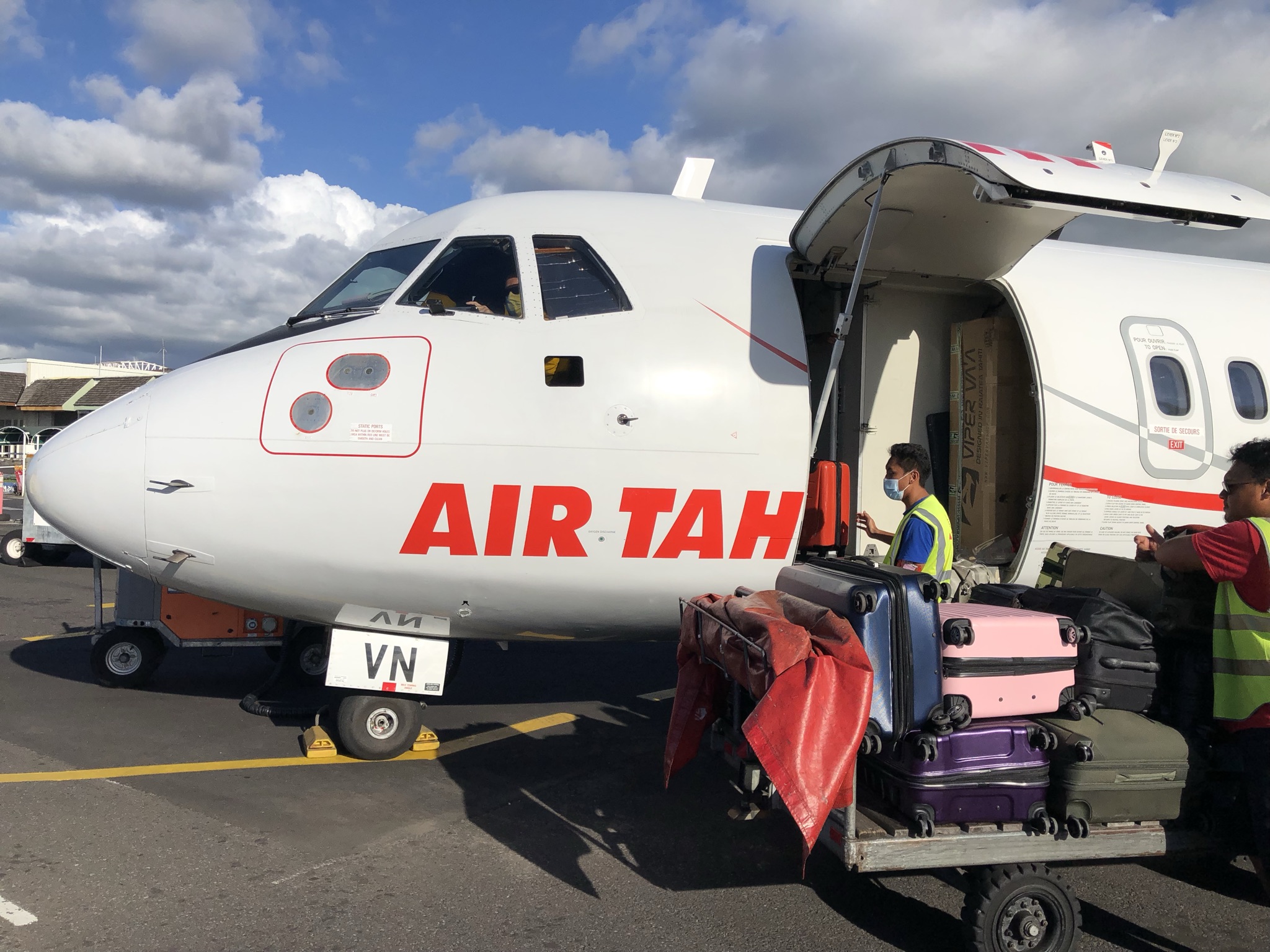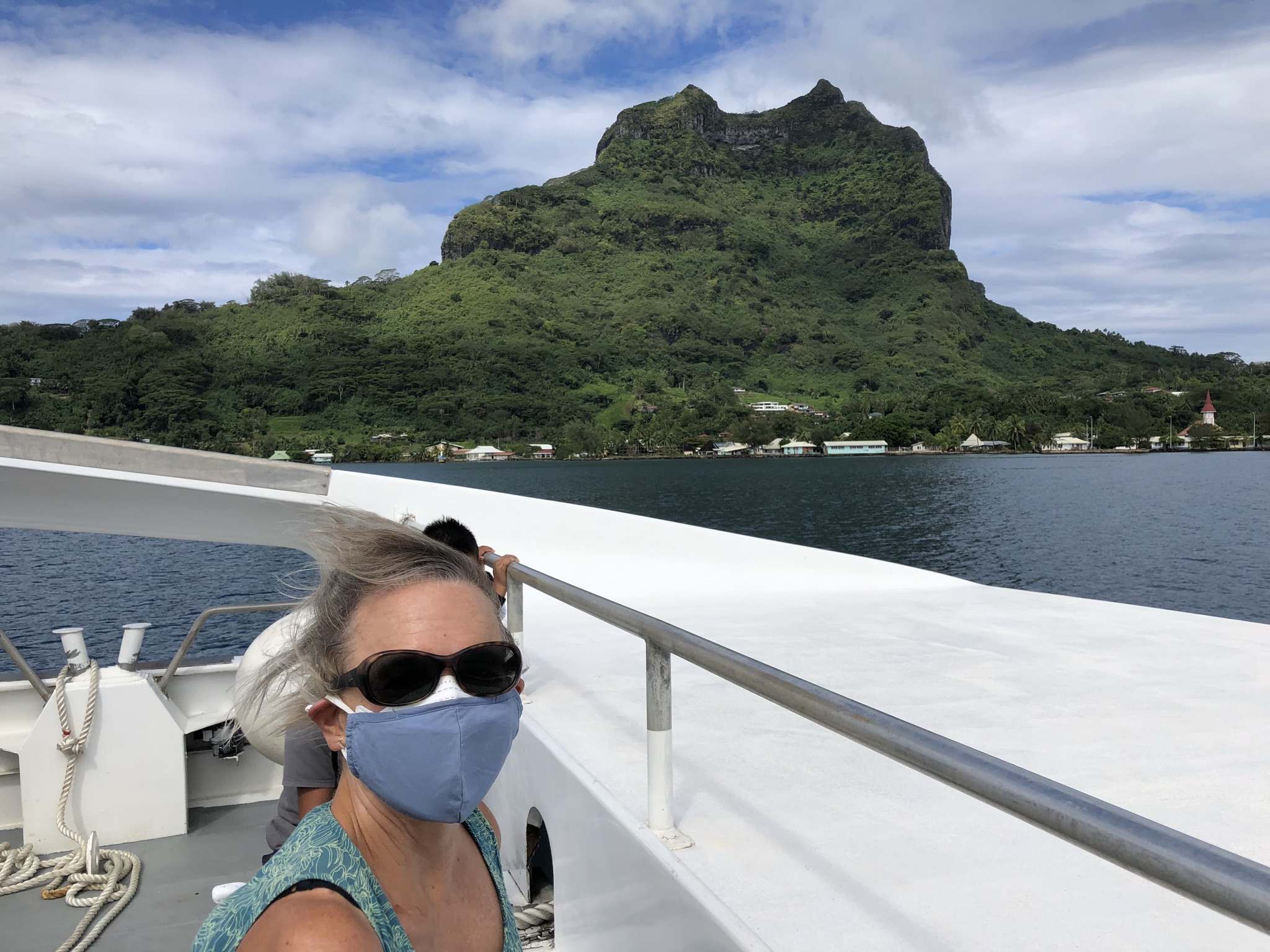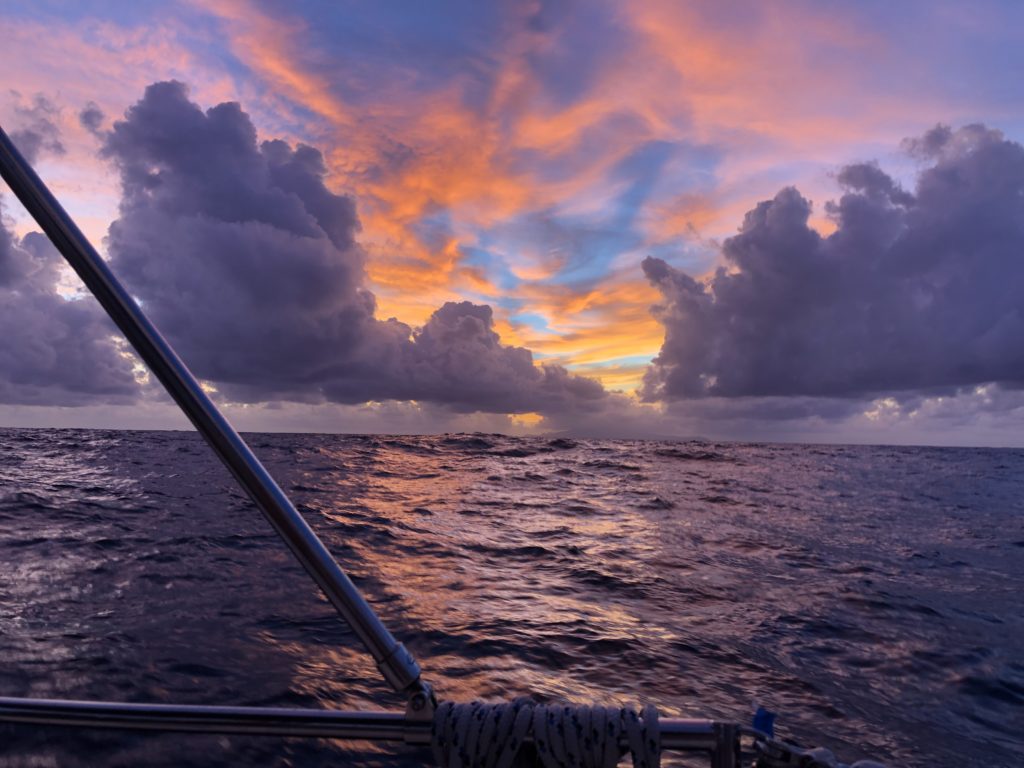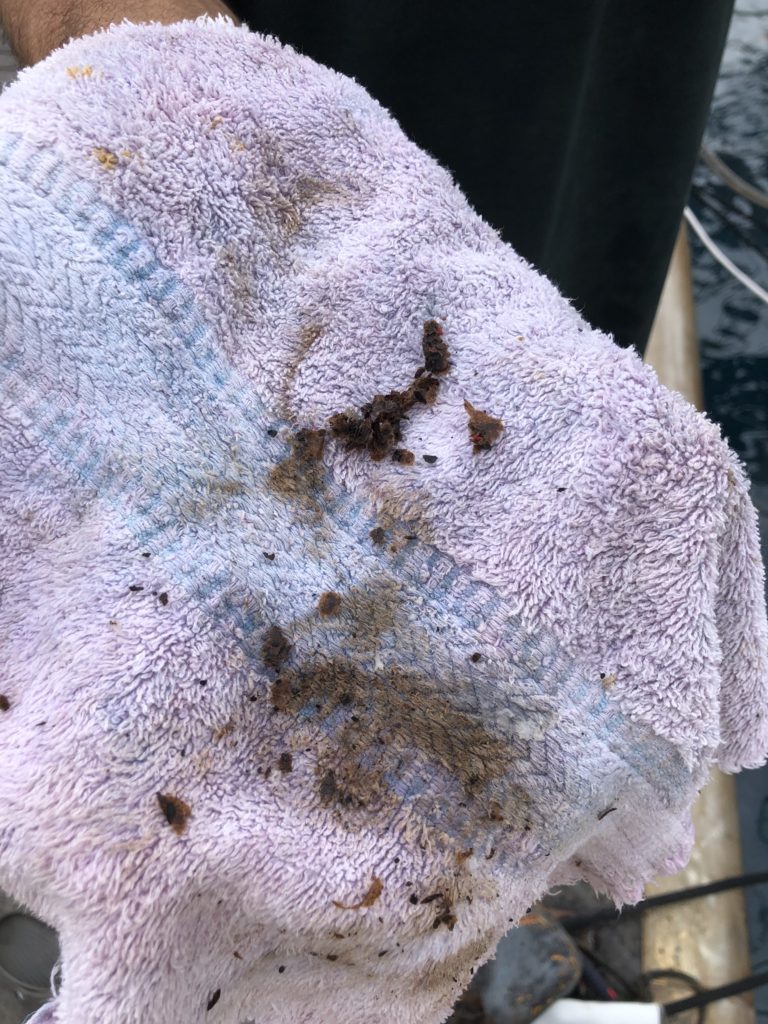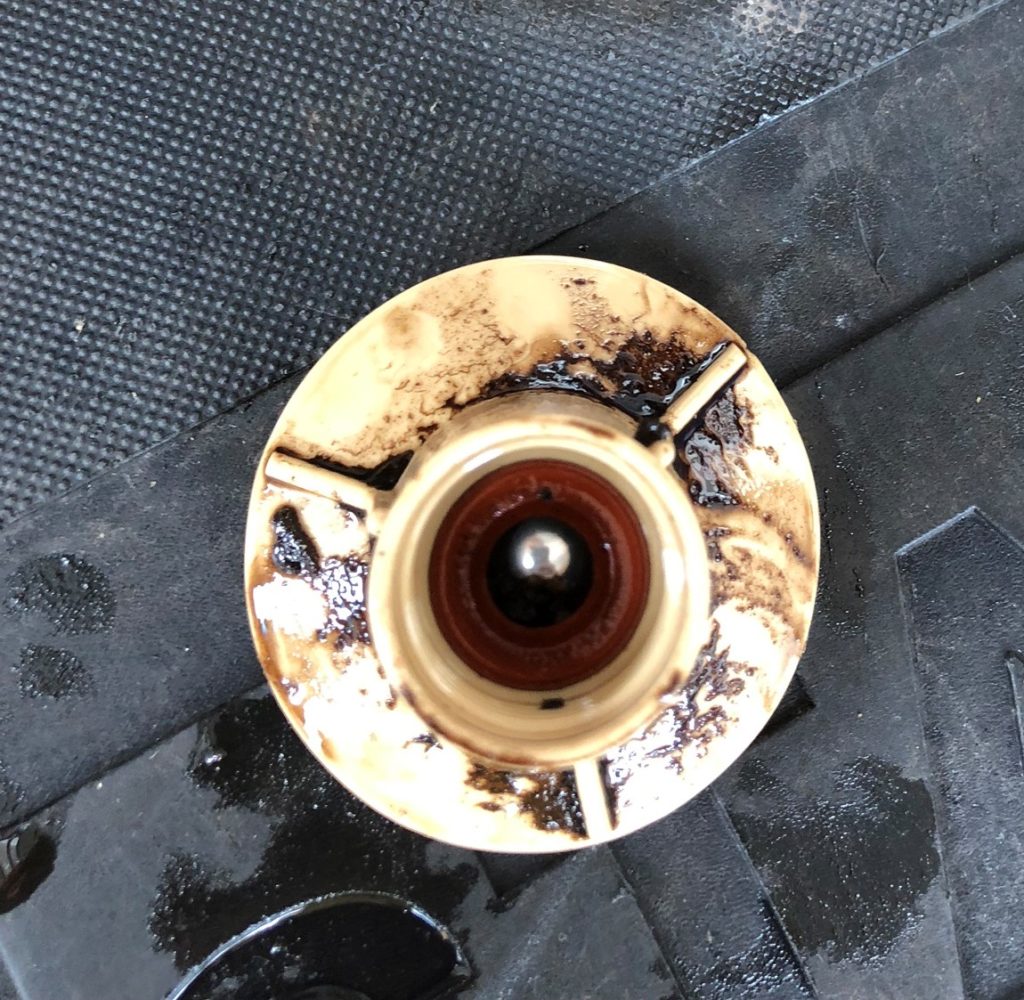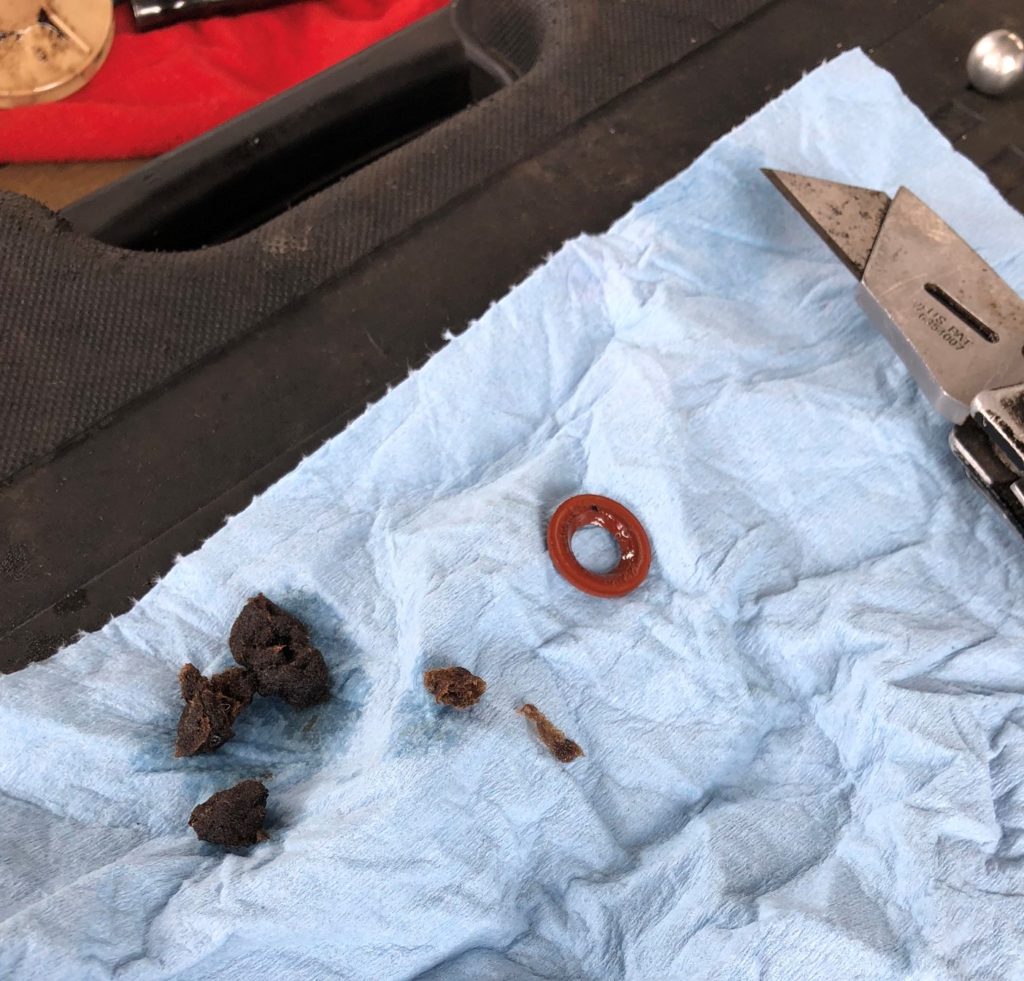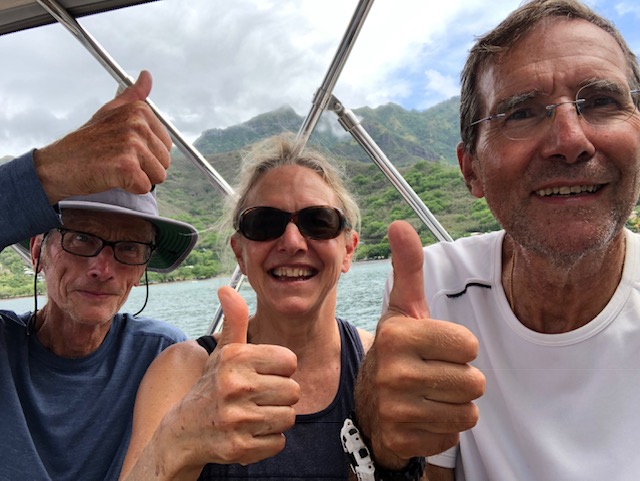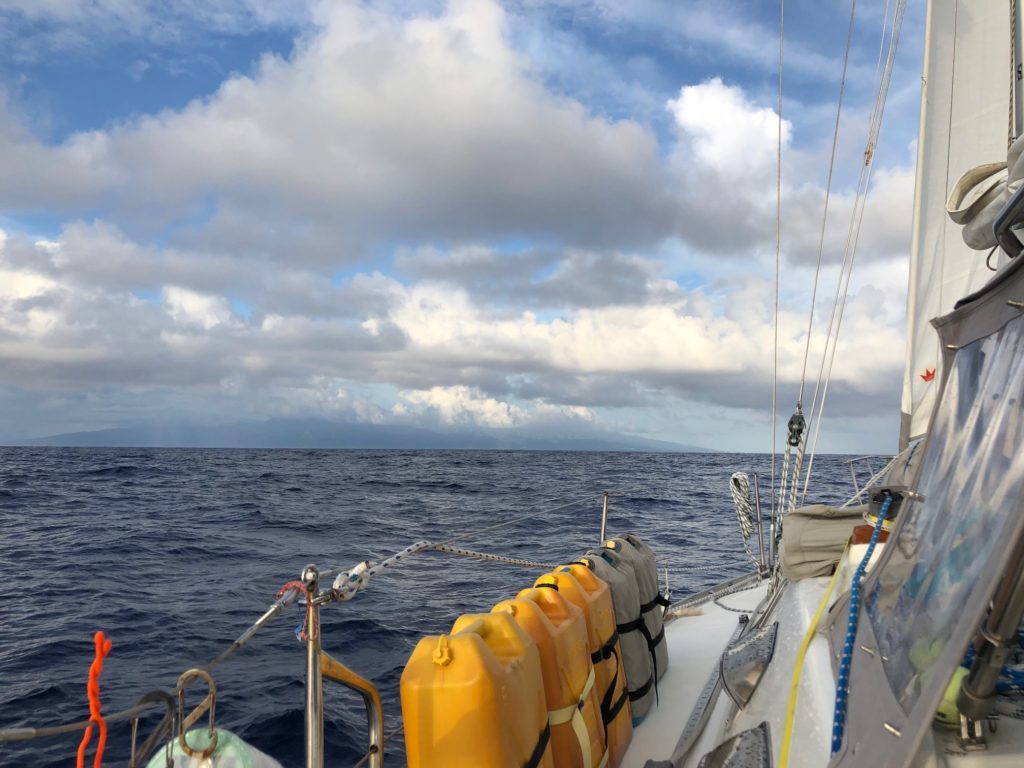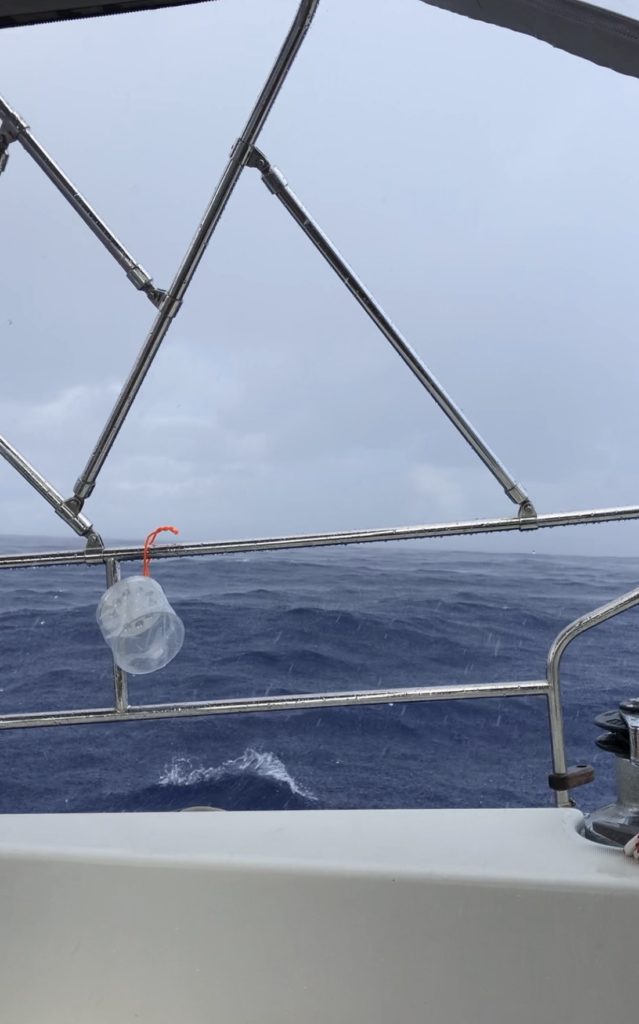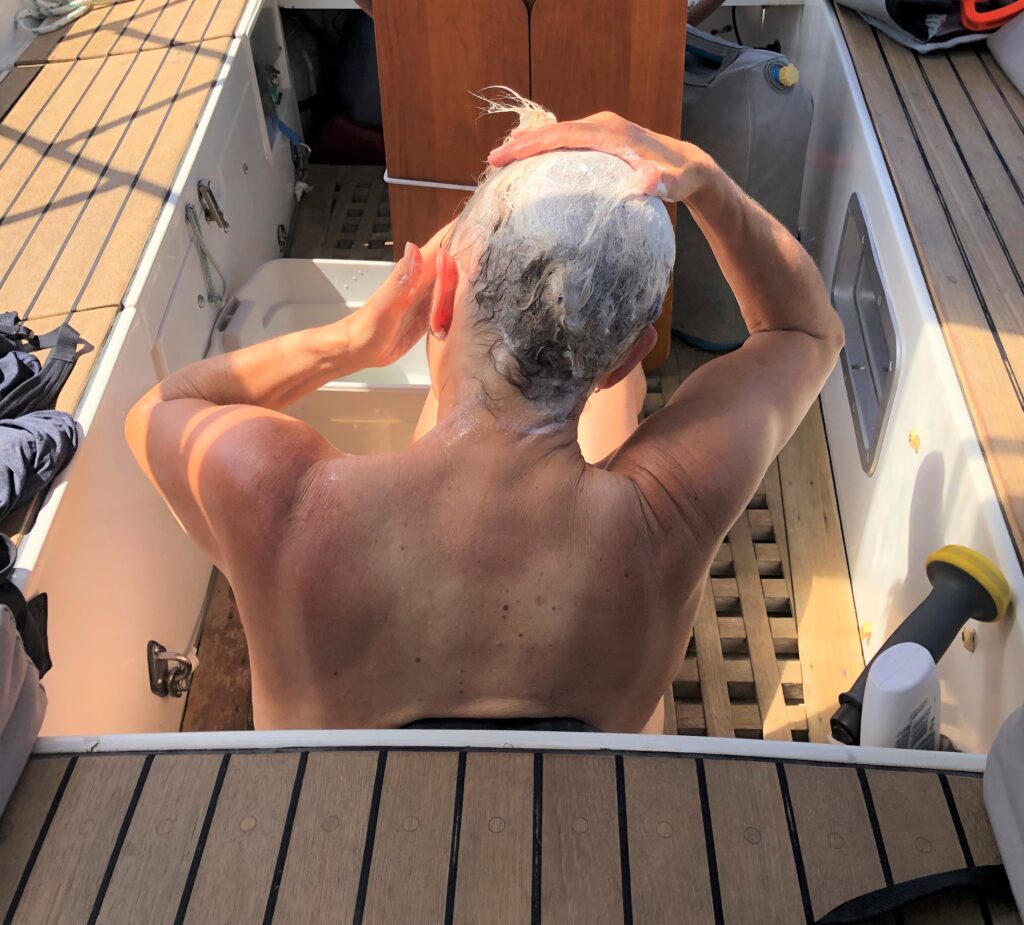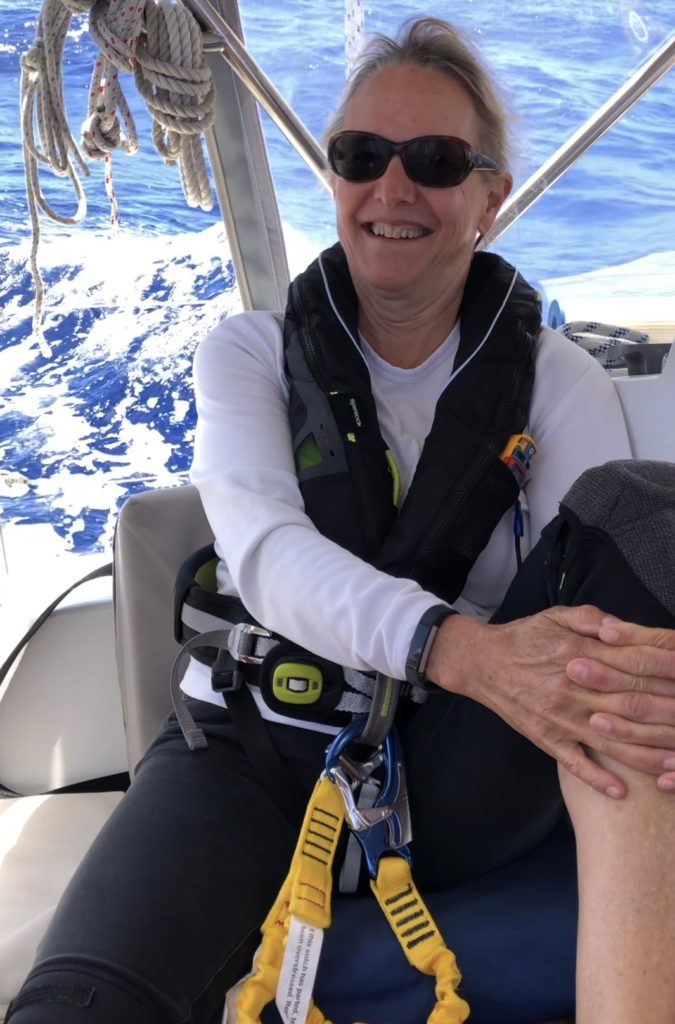Marathon arrived in Ensenada in mid-February just as Covid was peaking in Mexico. With two friends, also well vaccinated, we arrived in Ensenada on 15 February 2022 to prep Marathon for a voyage to La Paz. There was lots to do and somethings took longer than expected (its a boat). Eventually we were confident that we had all systems working as needed and adequate provisions on board to get to Cabo San Lucas. The only exception is the manual bilge pump which is still not working. We accepted this risk given that there are two electric bilge pumps installed on Marathon, one mega portable electric bilge pump (25 gals/min) and one small electric bilge pump. Marathon also has a manual portable bilge pump and several buckets!
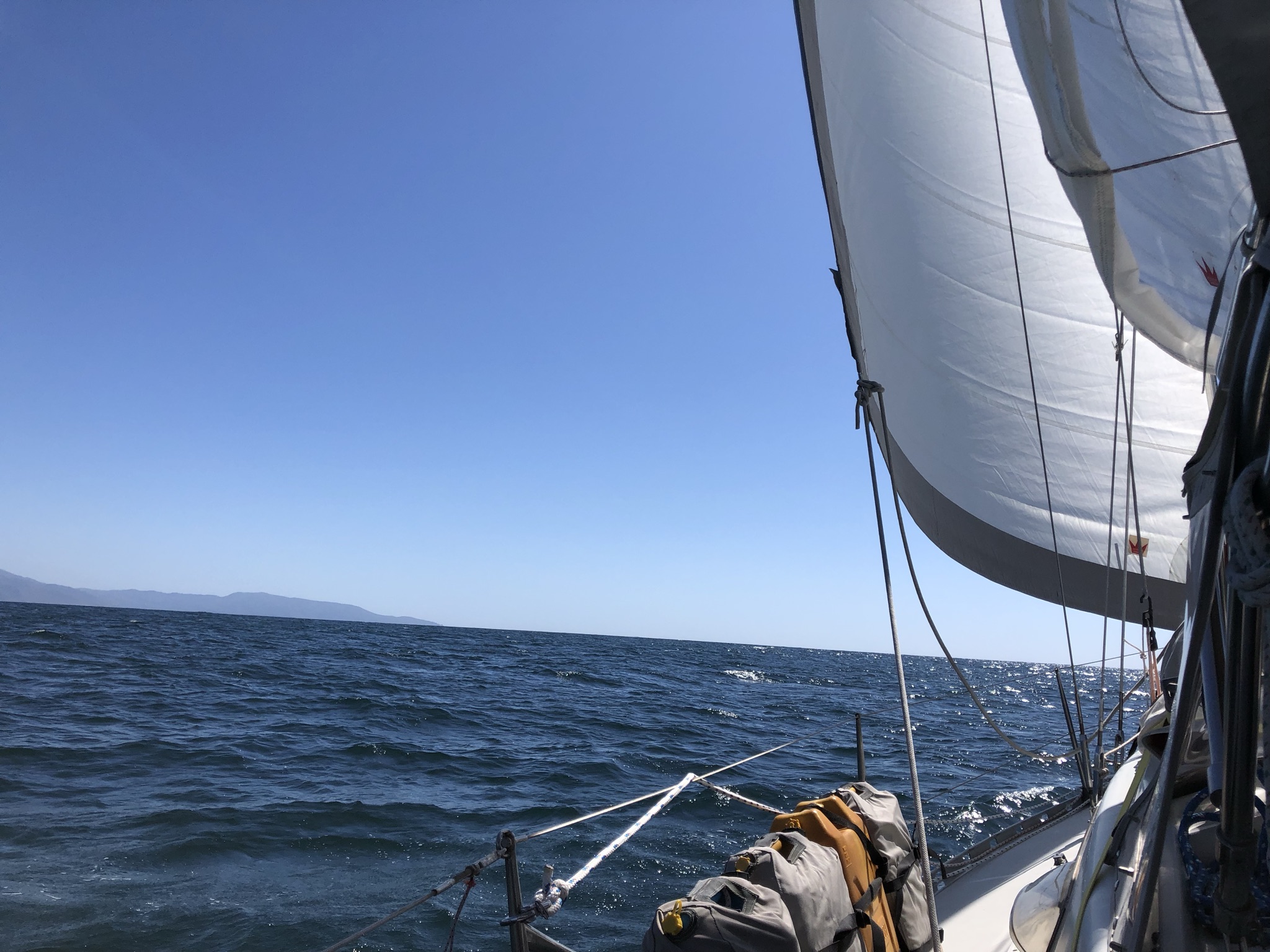
We left Ensenada with a brisk breeze and mostly sunny sky after filling up the fuel tank and the deck jerry cans. Night watches were really cold!
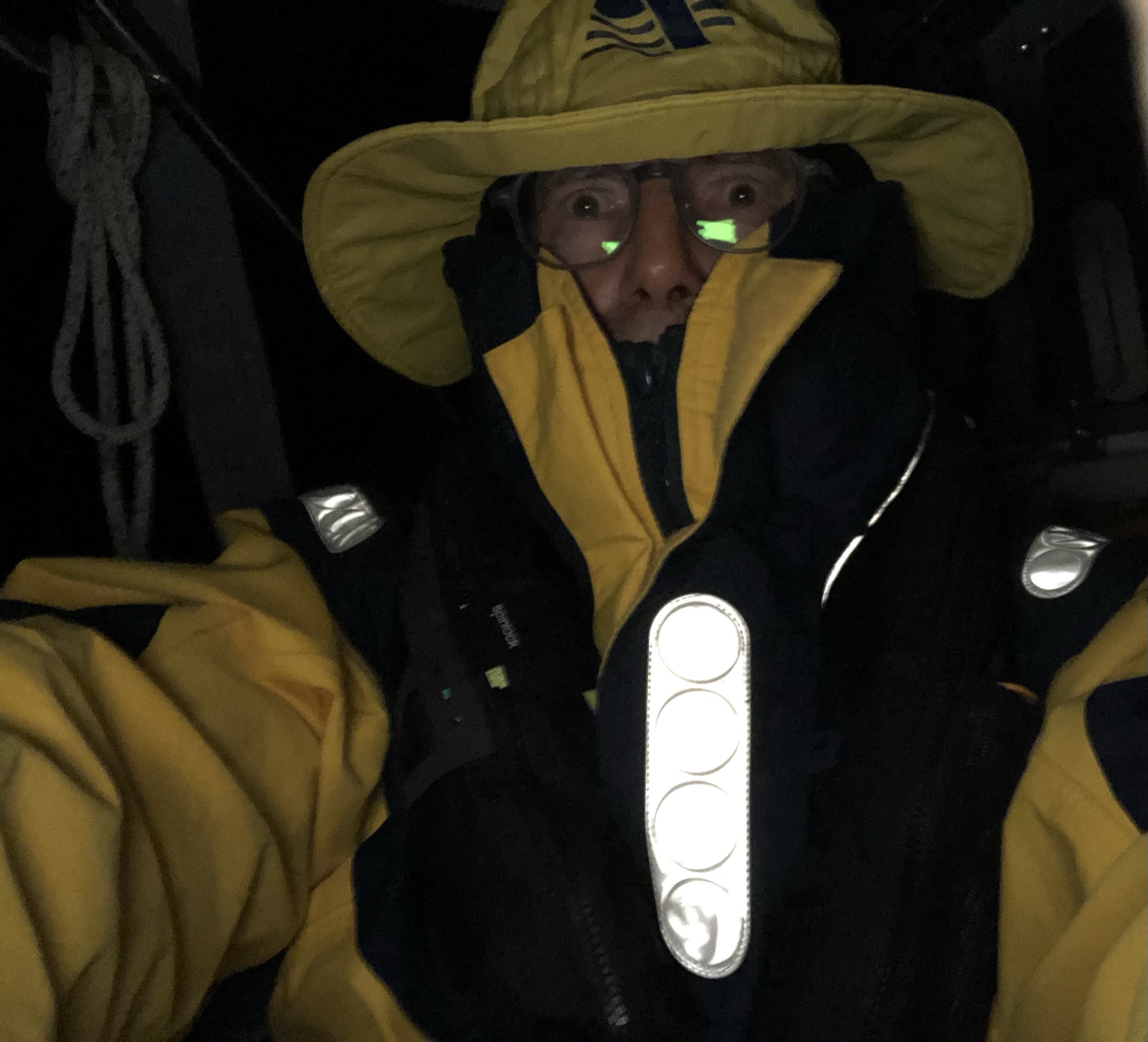
And there was much more traffic at night than during the day and much more night time traffic than what we encountered in November/December 2009. We sailed at least 75% of the time.
We chose to pull into Turtle Bay for a break and to see something of the west coast of Baja. There was one other sailboat there waiting for fuel to continue their northward bash. Weather kept us there for a second night and was the only weather influenced change in our itinerary, which was very flexible.
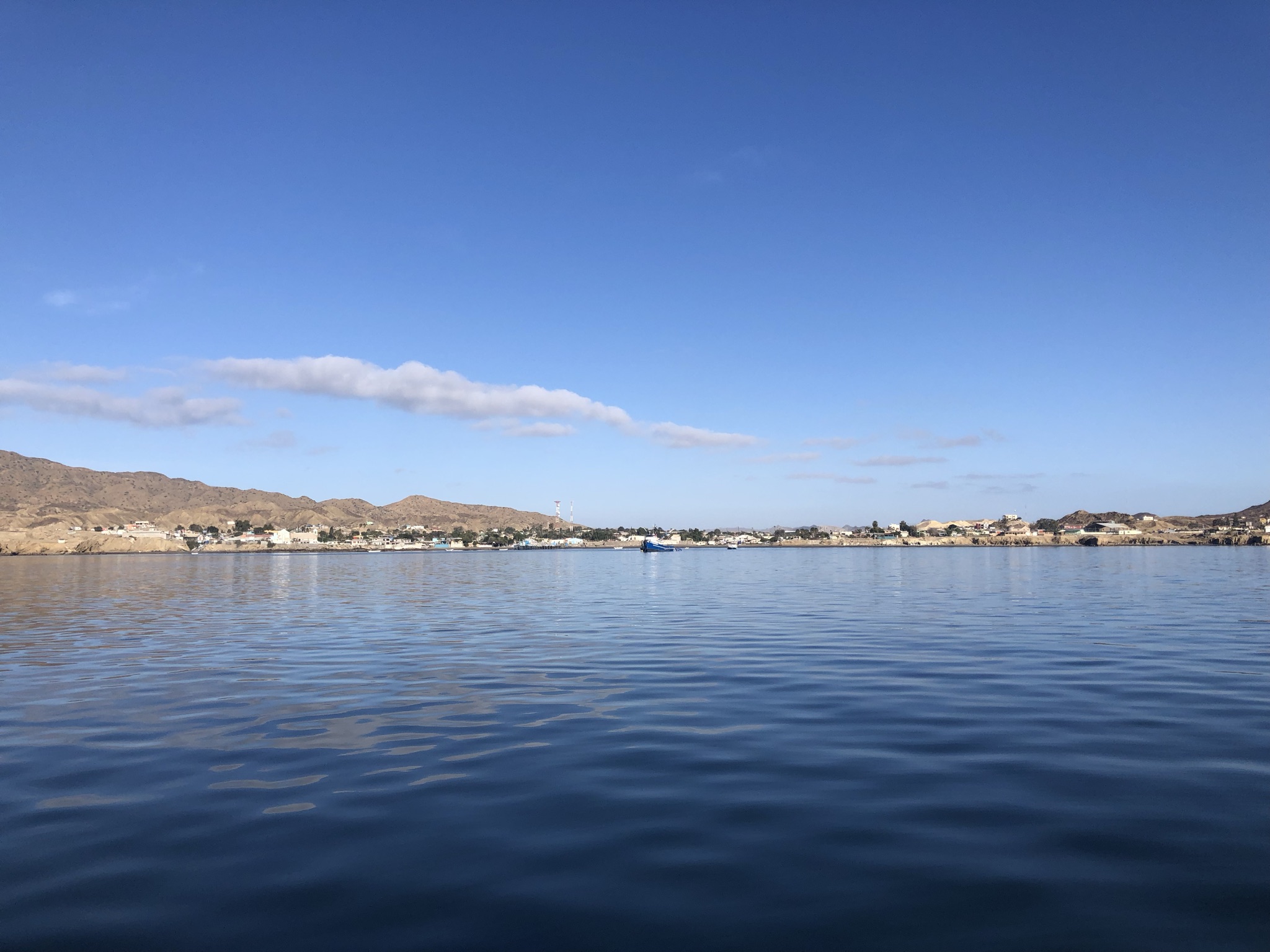
Despite being happy to see Cabo san Lucas as an initial destination on the way to La Paz, the chaos of too many boats in and around the marina along with the incessant noise from the bars surrounding the marina suggests that I will never stop in that marina again. Ever. This will be an easy promise to keep for reasons to be revealed later.
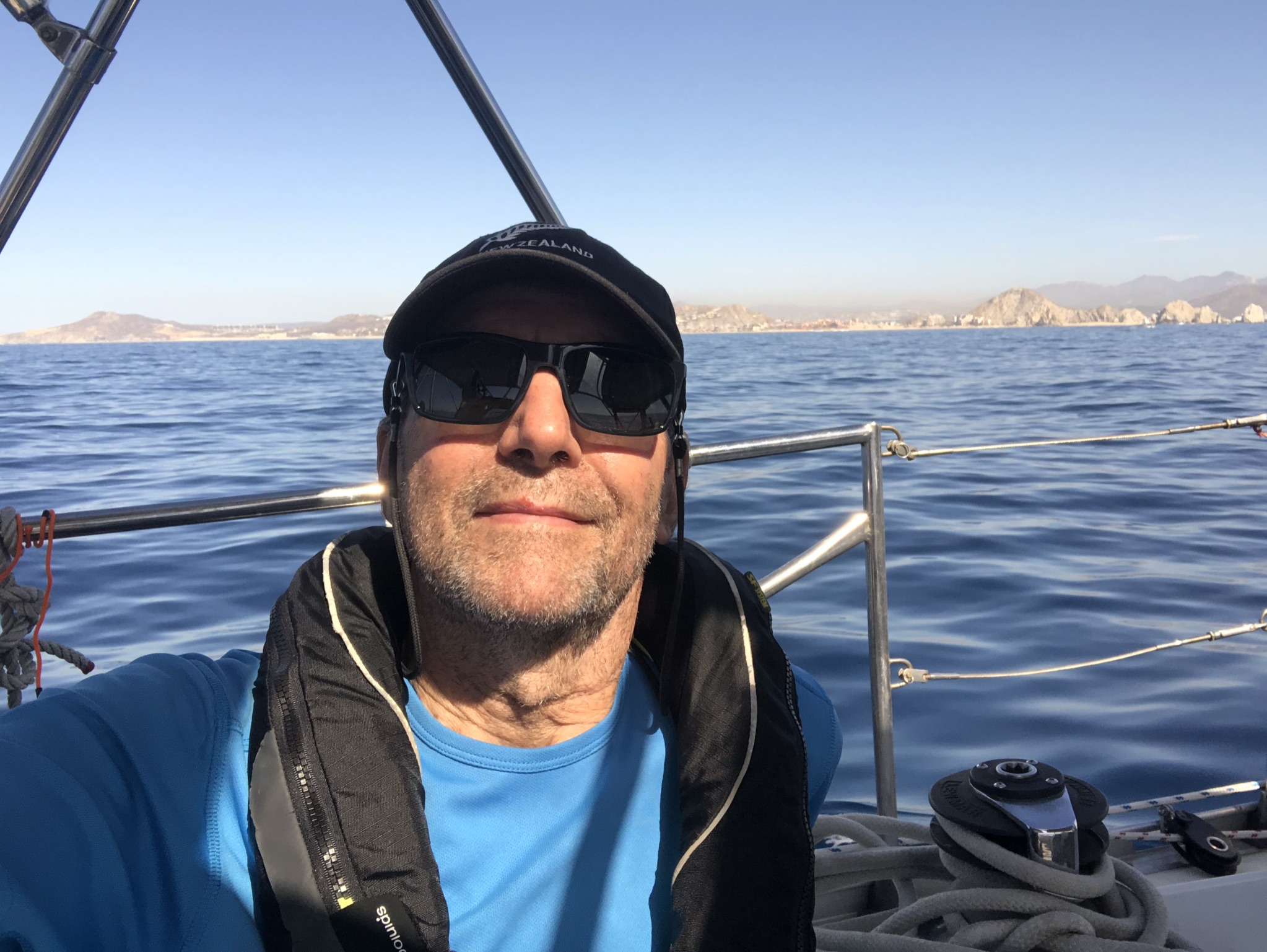
We were able to pay a personal visit to the San Jose del Cabo marina and the kind manager there did some shuffling and found us a spot for a few days. This allowed for sleep at night and a land excursion in honor of the Admiral’s birthday.

